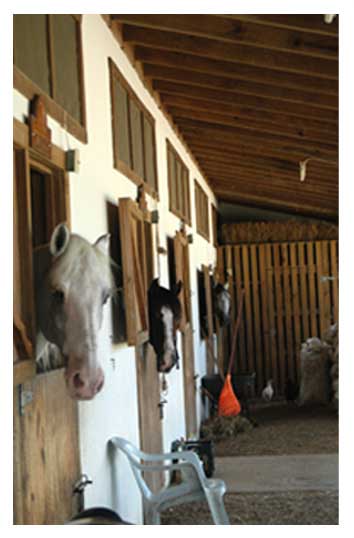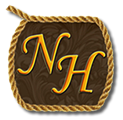Horse Show Etiquette For Spectators
I recently went to a fund raising schooling show for a local therapeutic riding center. We got to the show just as the riding center kids were starting their part of the show. Some of the kids had side walkers and some rode by themselves. I thought all the kids did an amazing job riding their horses. After their last class, the regular schooling show continued.
To give each horse and rider the best opportunity to show their best, there should be a certain amount of courtesy shown by the spectators. During this show, I was astonished at the lack of spectator etiquette. So, I thought I would put together a list of things that a spectator should follow while viewing a horse show.
- If the spectator walkway is right next to the show ring, wait until the class is finished to take your seat or leave. Also, be courteous of your actions when seated next to the ring. I witnessed a woman opening her umbrella for shade when a horse was coming down the rail near her. This startled the horse and it took several frightened steps sideways before the rider regained control. The rider lost points in that class. If this had been a group class, it could have caused a major wreck.
- While some types of classes are okay with cheering their favorite during their run, refrain from clapping or cheering until the class or the individual run is over. With that said, please keep in mind that some of these classes run the individual riders one after another so there may not be time to cheer before the next rider starts their run.
- Don’t boo the placement of a class. While the outcome may not be what you think is correct, a horse show is purely the opinion of the people who are judging it. Besides, the other riders in the class don’t deserve this type of bad behavior from the crowd.
- These horses have been brushed, bathed, clipped, sprayed and spruced up for hours. Some owners are very particular about the way their horse looks before they enter the show ring. Before you decide to pet a horse, ask the owner or rider first.
- Turn your cell phone ringers down or put them on a silent or vibrating setting. If you need to talk on your cell phone, keep your voice down. People around you came to see the horse show, not listen to your conversation.
- Kids can startle a horse just by being doing what kids do naturally. Don’t let them run around unattended and get into mischief.
- Kids also have a short attention span, especially if they decide the outing is boring. So bring something to keep them entertained and possibly their favorite snack. If they start to get unruly, take them away from the show ring. A change in activity can do wonders.
- Throw your trash away. Don’t leave half empty cups or partially eaten snacks on the seat next to you or on the floor. They just end up being kicked over and make a big mess.
- If you bring your dog, keep them on the leash. You have to keep in mind that a lot of horses do not like dogs and will charge them. So a loose dog around horses is dangerous not only to the horse but to the riders and anyone around them.
- If your dog continually barks or yaps, it is best to leave it at home. This is very annoying to the other spectators and could make the younger horses nervous.
This is just a short list for spectator etiquette. There are probably other things you can do to be courteous while at a horse show. Some of the riders are nervous enough. Any distraction from the spectators could be enough to make a rider lose his concentration.
Every horse and rider deserves the chance to do their best with the least amount of distractions as possible. That’s only fair.

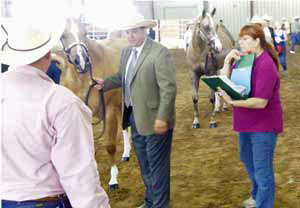 ave been showing for years, but there was also quite a few first time horses and exhibitors. I found, from the class sheets, there was a lack of horses from Oklahoma. This surprised me since this show is held in Tulsa, Okla. In past years, there has almost always been at least 1 horse from Okla in most of the classes.
ave been showing for years, but there was also quite a few first time horses and exhibitors. I found, from the class sheets, there was a lack of horses from Oklahoma. This surprised me since this show is held in Tulsa, Okla. In past years, there has almost always been at least 1 horse from Okla in most of the classes.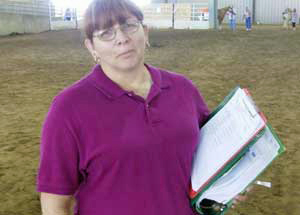 of the main volunteers became sick after the youth show and could not return for the open show. This left 1 scheduled volunteer and the tack judge at the back gate and 1 volunteer to hand out awards. The ground manager helped fill in. This is the smallest amount of volunteers ever for this show. We all stepped up to the challenge and the show did not have to wait on the back gate for any of the classes.
of the main volunteers became sick after the youth show and could not return for the open show. This left 1 scheduled volunteer and the tack judge at the back gate and 1 volunteer to hand out awards. The ground manager helped fill in. This is the smallest amount of volunteers ever for this show. We all stepped up to the challenge and the show did not have to wait on the back gate for any of the classes.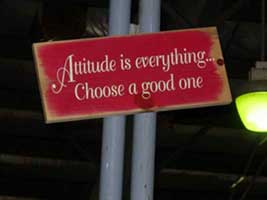
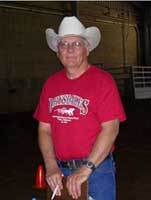 The Palomino World Show finished up it’s week long run. As always, it was a very good show. This is about my 20th year to volunteer for this show. When I started volunteering for this show, I didn’t even own a palomino. I didn’t purchase my first palomino until 2002. I volunteer for this show because I absolutely love doing it. I take a week vacation from my job to volunteer. I get to see some old friends that I have made over the years and I always meet new ones.
The Palomino World Show finished up it’s week long run. As always, it was a very good show. This is about my 20th year to volunteer for this show. When I started volunteering for this show, I didn’t even own a palomino. I didn’t purchase my first palomino until 2002. I volunteer for this show because I absolutely love doing it. I take a week vacation from my job to volunteer. I get to see some old friends that I have made over the years and I always meet new ones. 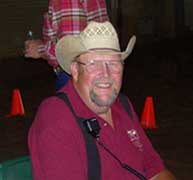 The show then was only 3 very long days. I learned to read fast and on the run. The show has grown over the past 20 years to the 7 day show it is today. I still have to speed read and do it on the run. Some things never change.
The show then was only 3 very long days. I learned to read fast and on the run. The show has grown over the past 20 years to the 7 day show it is today. I still have to speed read and do it on the run. Some things never change. 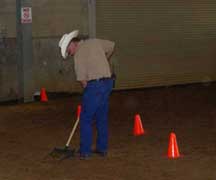 If you DO decide to volunteer, some things to remember are to always be pleasant & courteous to both exhibitors and staff. You may be a volunteer, but you are one of the many faces for the organization putting on the show. Help out for any job that is needed. If you are not sure of the duties, ask one of the staff members for some guidance before the show starts. If there is a problem, ask one of the staff members of the organization to help. Don’t take longer for meals than any other staff member. Don’t be in the wrong place or take a job that was not assigned to you. Be prepared by bringing your own pen, water bottle and possibly small snacks. There may not always be time to run to the water fountain. Unless you are instructed to wear specific clothes, dress comfortably. Don’t wear boots that pinch your toes or sandals. You are probably going to be on your feet and on the move all day long. At the end of the show, turn in any equipment that you were given. Also before you leave the show, make sure you check in with a staff member. They will appreciate knowing that you are no longer on duty.
If you DO decide to volunteer, some things to remember are to always be pleasant & courteous to both exhibitors and staff. You may be a volunteer, but you are one of the many faces for the organization putting on the show. Help out for any job that is needed. If you are not sure of the duties, ask one of the staff members for some guidance before the show starts. If there is a problem, ask one of the staff members of the organization to help. Don’t take longer for meals than any other staff member. Don’t be in the wrong place or take a job that was not assigned to you. Be prepared by bringing your own pen, water bottle and possibly small snacks. There may not always be time to run to the water fountain. Unless you are instructed to wear specific clothes, dress comfortably. Don’t wear boots that pinch your toes or sandals. You are probably going to be on your feet and on the move all day long. At the end of the show, turn in any equipment that you were given. Also before you leave the show, make sure you check in with a staff member. They will appreciate knowing that you are no longer on duty.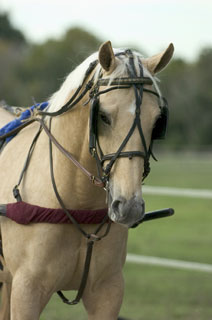 The Palomino Youth World Show is now in full swing. If you live in the Tulsa Oklahoma area, THIS IS A MUST SEE!!!! No where else can you see so many beautiful golden horses in one place. No where else can you see so many different variations of the golden horse. Whether you like trail, English, Western or Halter, there is a class that will catch your attention. Come out to the Tulsa fairgrounds and see the kids guide these horses around the arena and put them through their paces. Go to
The Palomino Youth World Show is now in full swing. If you live in the Tulsa Oklahoma area, THIS IS A MUST SEE!!!! No where else can you see so many beautiful golden horses in one place. No where else can you see so many different variations of the golden horse. Whether you like trail, English, Western or Halter, there is a class that will catch your attention. Come out to the Tulsa fairgrounds and see the kids guide these horses around the arena and put them through their paces. Go to 